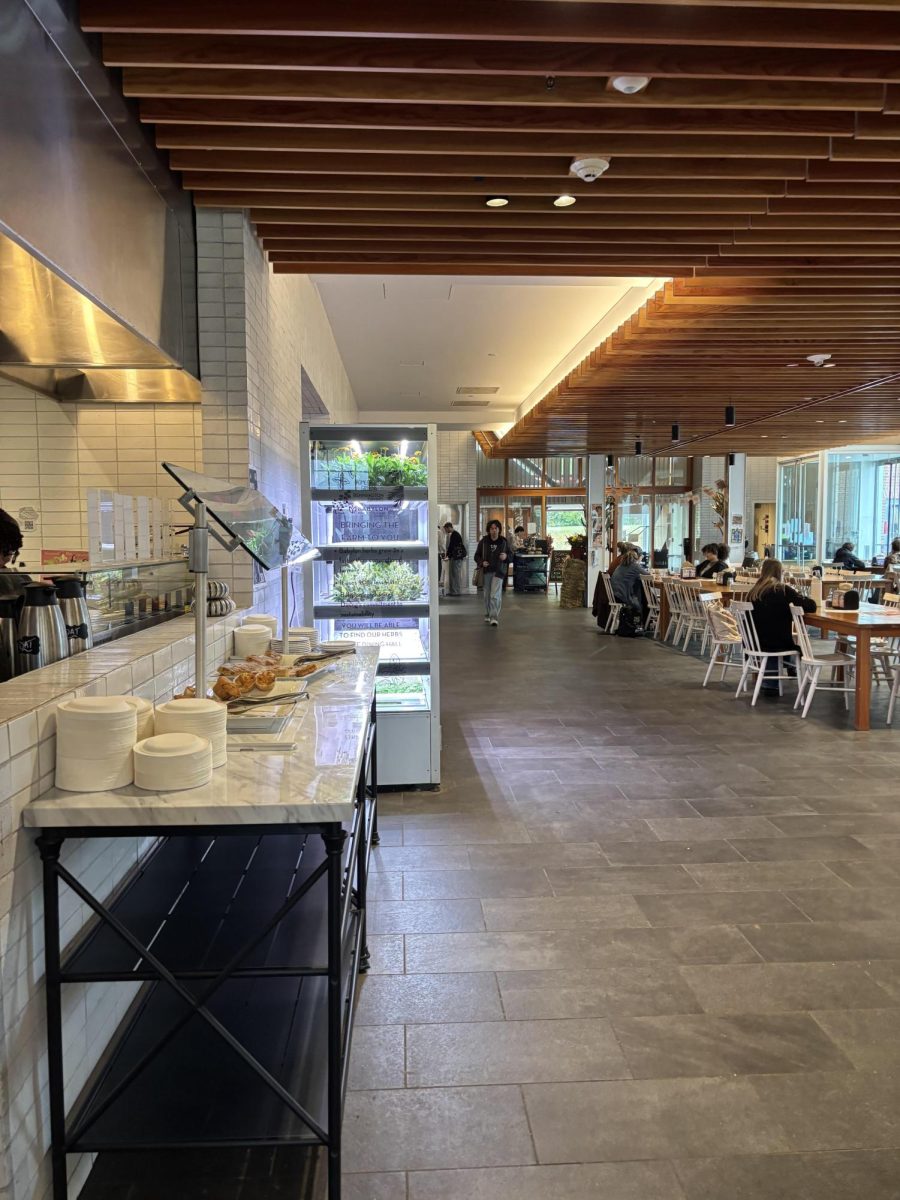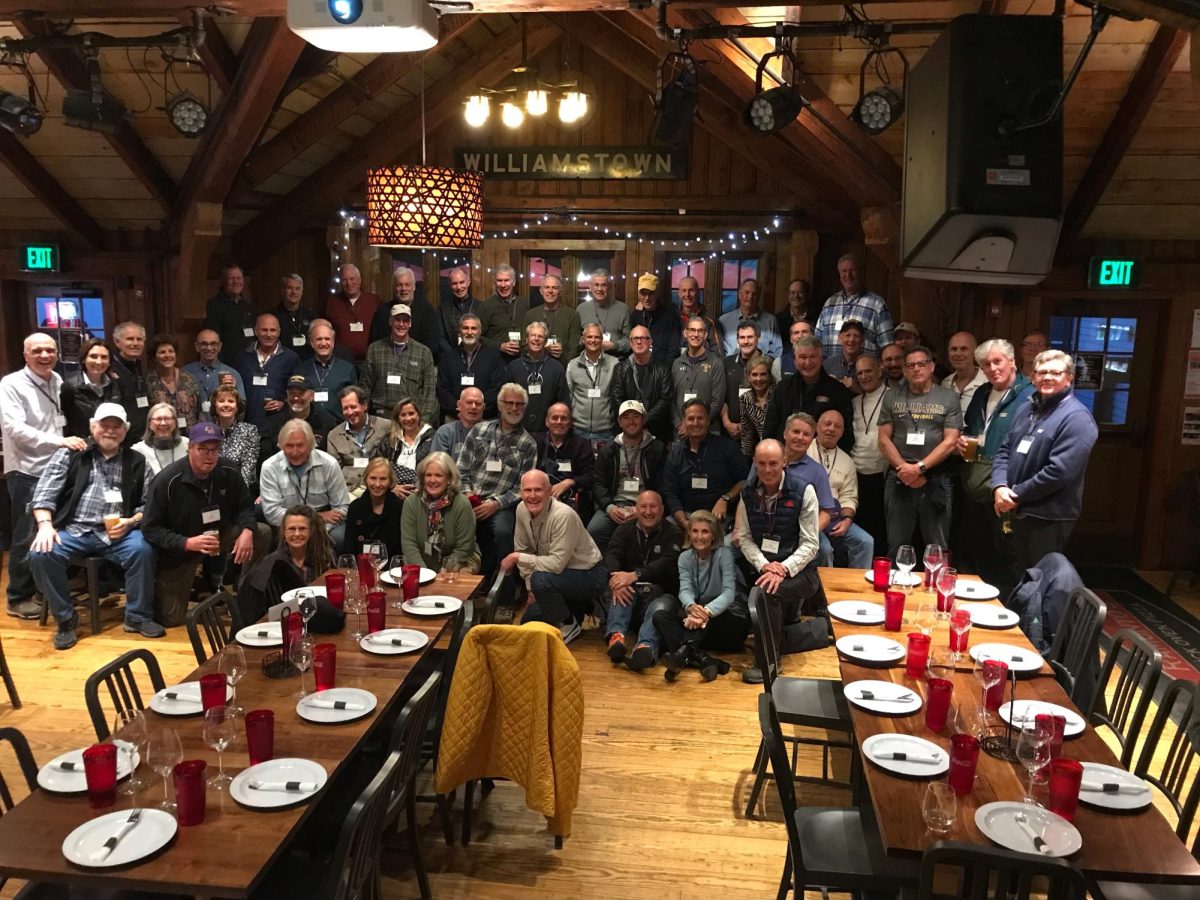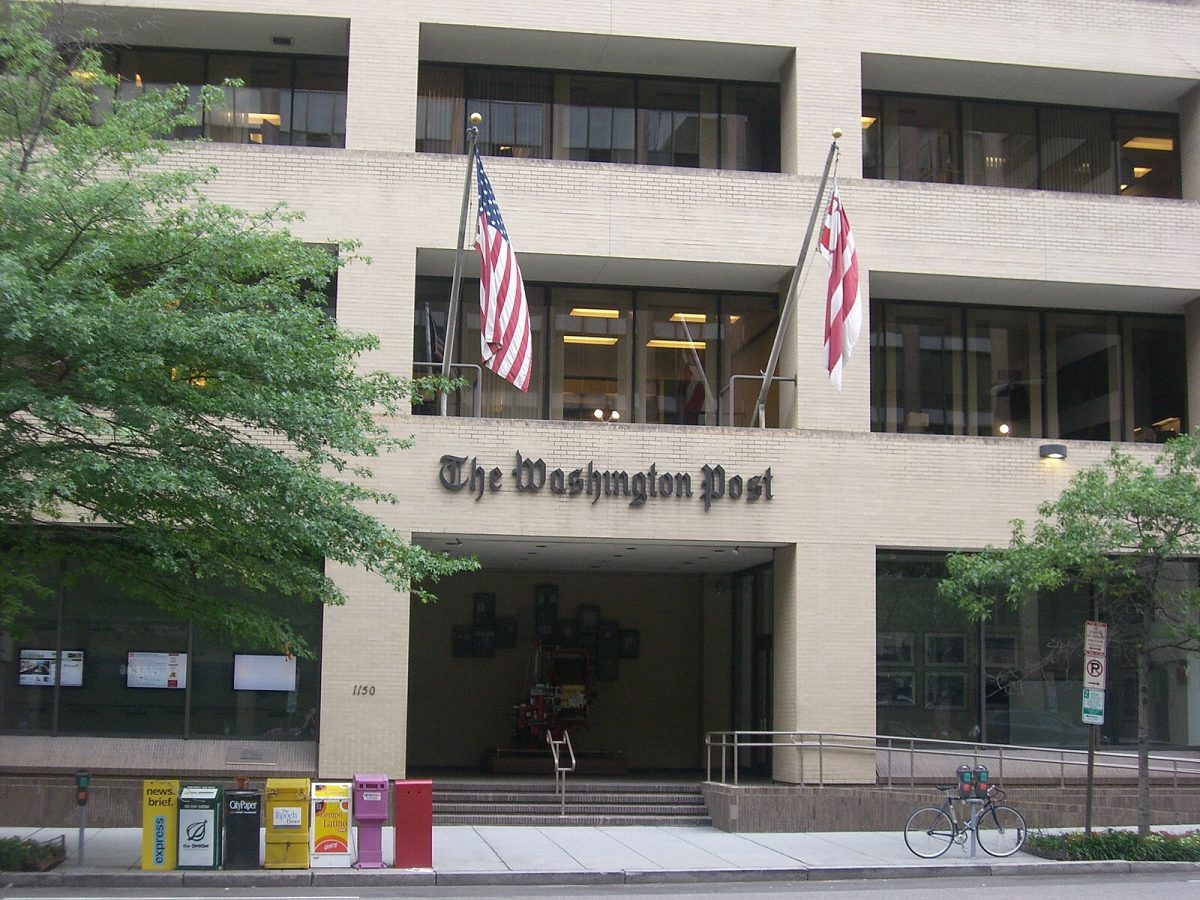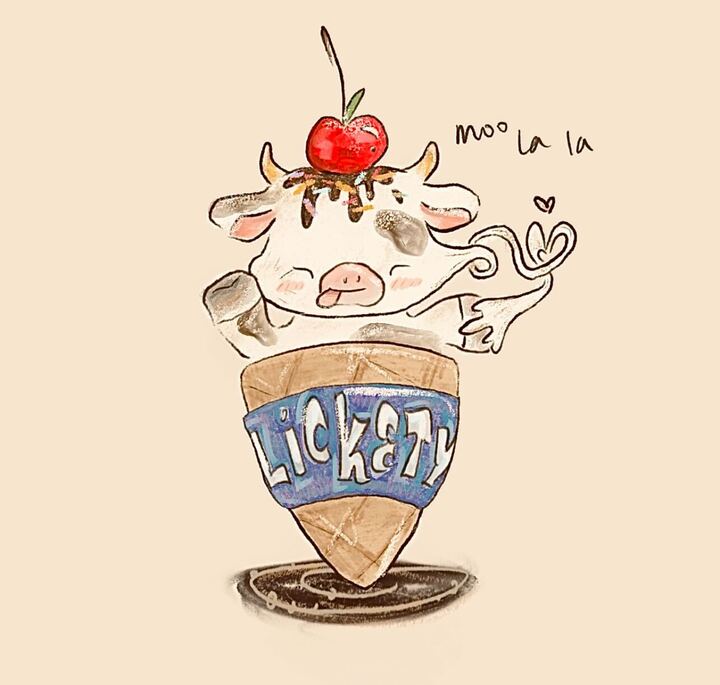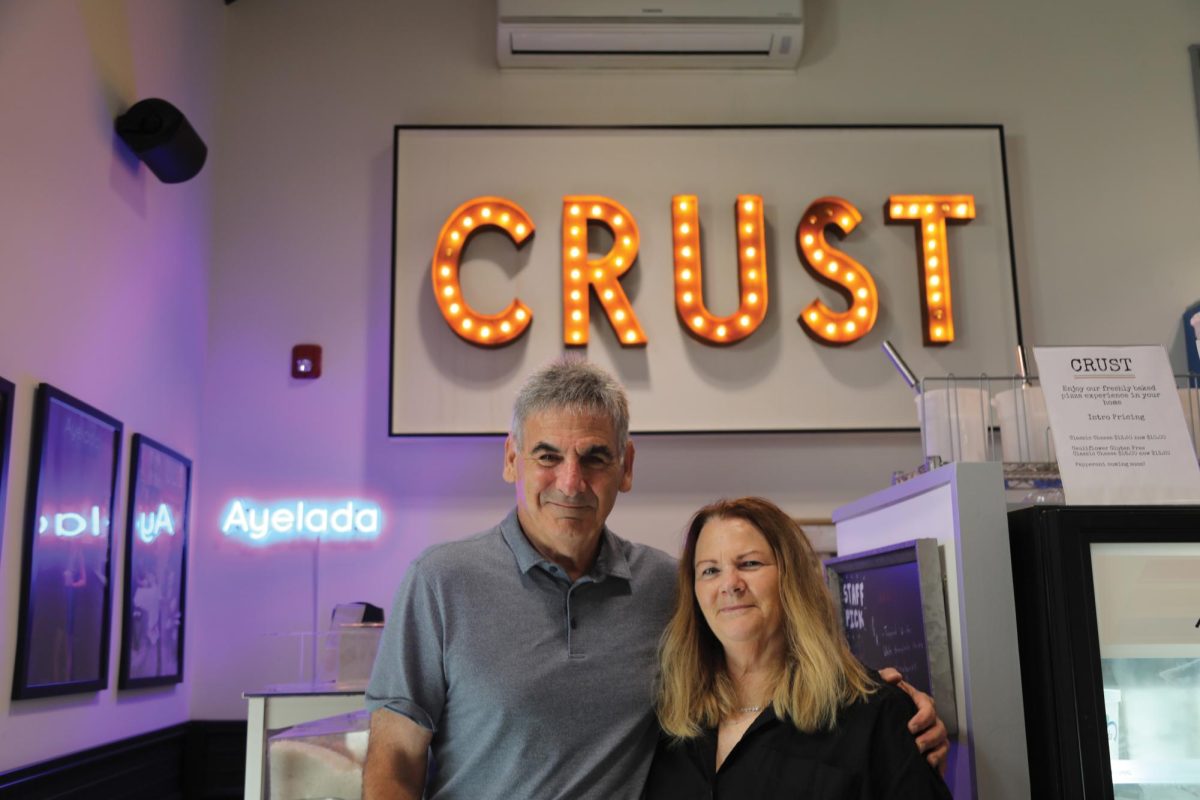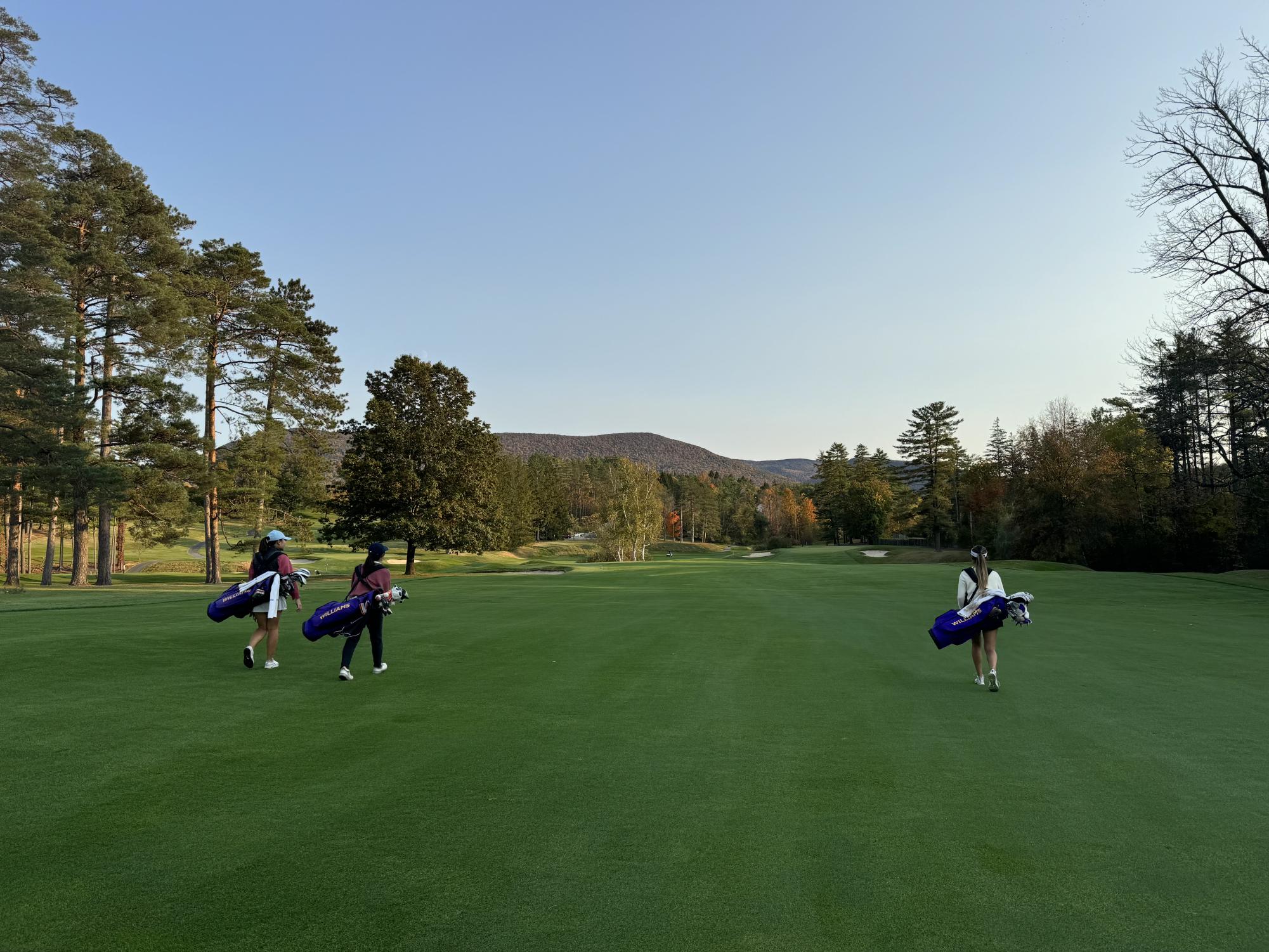
Scorecards at the Taconic Golf Club greet golfers with a Latin warning: “In medio tutissimus ibis.” Loosely translating to “It is safest in the middle,” the club’s motto is a reminder that the College’s scenic course — recently ranked by Golf Digest as the second-best collegiate course in the country — is notoriously technical, demanding precision of all golfers who step up to the tees.
Taconic’s difficulty can make even the most deft golfer tear up their scorecard in frustration. But over the course of its 129-year history, a number of factors have contributed to causing these tee-time tantrums.
The Early Years
Starting up golf in Williamstown was pretty easy going. In 1896, the course began as a slapdash effort to get the then-new game going in Town, according to a history of the course written by John English ’32. After returning from the army, William Howard Doughty, James M. Ide, and Edward C. Gale, a group of friends from Troy, N.Y., who had summer homes in Town, received permission from the College to play golf on Weston Field. Armed with empty tomato cans for cups, the trio set up a three-hole course on the field.
After the group acquired more land the following year, three holes became seven and an outbuilding was temporarily repurposed as a clubhouse, eventually to be replaced when the members remodeled a different house on the new land, which belonged to Town resident Whitney Samson. The one remaining part of the original course is what was then the fourth green — now the 17th.
In the late 19th century, almost every corner of Town abutted pasture. Unfortunately for the Taconic golfers of the day, the Denison farm, the property neighboring the course, was filled with curious, adventurous livestock. This was not unforeseen. At some point in the early years of the nine-hole course, an underpass and a gully with “cow-proof fences” were dug out to allow cattle to pass through the course without interfering. Nonetheless, bovine infringement on the course boundaries persisted.
Alfred W. Gale, the son of founding member Edward C. Gale, recounted the inefficacy of the plan. “The Denison cows must have been, to some degree, related to Harry Houdini,” he wrote. “If not, the fences were porous. The cows used to get out and raise hob with the greens.”
By the 1920s, golf was widely popular among the American elite, and a number of colleges on the East Coast had begun acquiring local courses. Dartmouth procured the Hanover Country Club in 1920; Yale began constructing its own course in 1924; Princeton remodeled its course in 1928.
Golf-minded Ephs had the same idea. After George Alfred Cluett, Class of 1896, became acting president of the Taconic Club in 1927, the College began acquiring the land and buildings on the course. On April 11 of that year, Alice Doughty, the widow of William Howard Doughty, gifted the 47 acres of land containing the course to the College, provided that it not convert the land for another use.
That’s when golf course architect Wayne Stiles came into the picture. He designed the plans for an open, sweeping courts that included only a select few trees around the fairways. Under his direction, the course was finished in just over a year.
With land secured and the course built, the club’s leadership moved quickly to establish a Byzantine system of governance for the club. Minutes from the first meeting of the club’s board on Aug. 10, 1928 in the Williamstown Savings Bank, contain a 21-article list of bylaws. The first bluntly states: “The name of this club shall be TACONIC GOLF CLUB, INC.” At the same meeting, Cluett was formally elected to the club’s presidency.
Mid-Century Landscaping
The next 40 years of club history would be defined by one man: its groundskeeper Dick Baxter. Until he retired in 1963, Baxter managed every inch of the course. It was under his tenure that the hundreds of trees along the fairways were planted.
“Back in the ’30s and ’40s [and] really all the way up until I got there, where they were just planting and planting and planting trees,” former Golf Course Superintendent at Taconic Kent Lemme told the Record.
What was once a distinctively open, sweeping course that showcased the Purple Valley’s vistas eventually became a narrow, tree-populated set of divided fairways, meaning much of the strategy of the course changed.
A 2008 article in MassGolfer — the Massachusetts Golf Association members’ magazine — contended that “when the layout debuted, there was plenty of strategy in the design, in large part because of the bunkers Stiles thoughtfully positioned.”
“But, over time, virtually all of this original intent was lost as a succession of green committees and members, well-intentioned as they might have been, removed bunkers and planted trees,” the article explains. “That amounted to a removal of strategy and a layout that rewarded just the long and straight player.”
During Baxter’s time, the course hosted its most famous player. At the 1956 Junior Amateurs, a young Jack Nicklaus put on a clinic until he was eliminated in the semifinals by Jack Rule Jr. Nicklaus’ hole-in-one on 14 during a practice round is still commemorated by an engraved rock at the tees.
The rock’s funnier brother, a “suggestion box” planted squarely in a pond on the 4th hole, reminds players that the aforementioned motto is to be taken seriously.
The Golf Boom and the Golf Bust
When Lemme took the helm in 1994, the club’s bureaucracy worked much as it had since when Nicklaus took to the tees. The membership waitlist, which allowed alums to cut to the front, was so long that some potential patrons would wait up to seven years before they could get a spot.
Part of the reason for the wait time was that the economic boom of the ’90s and early 2000s increased disposable income for golfing. “It was a good time for golf,” Lemme recalled. “Membership was oversubscribed. We had a waitlist that was so long that they started not adding people to the waitlist because it would take them so long to get in.”
The club later changed its policy to create separate waitlists for alums and non-alums.
In 2008, architect Gil Hanse was contracted to restore the course to its original glory.
Lemme recalled that the project had to undo decades of well-intended additions to the fairways. “When I first started there, they still had a memorial tree program where people could donate $500 and plant a tree in memory of a loved one, and the club would then be responsible for maintaining it forever and ever,” he said.
That level of maintenance was simply untenable, according to Lemme, so the club decided to make a change. “We just started peeling back the layers,” he said. “And there were literally layers of trees, so that you would remove one row of trees thinking that you would [solve the issue,] and all of a sudden you’d just see there was another layer of trees somewhere further down the sight line that you would have to deal with.”
An article in the now-defunct Advocate, based out of North Adams, reported that, after getting off to a fast start, the renovation project was slowed by the 2008 recession. “The College put a lot of things on hold, but this contract had already been drawn up,” Lemme said.
He recalled how the recession had an outsized impact on golf. “When the financial market crashed, that was the start of the slowdown where people didn’t have as much discretionary income to spend on golf,” Lemme said.
The game’s popularity waned over the following decade, leading to the closure of a number of courses across Berkshire County. Lemme named Pontoosuc Lake Country Club, Skyline Country Club, and Egremont Country Club as examples.
But Lemme, himself an avid golfer, noted a recent uptick in the game’s popularity following the COVID-19 pandemic. “[Golf] was one of the few things that people could do, is get outside and play golf, there was a little bit of resurgence,” he said.
The course has remained a popular spot for Northern Berkshire golfers, and, more than a century later, its motto holds true.
Even with less cover from trees, the course still proves tricky. “There is a lot of tree trouble, especially if you aren’t hitting it well off the tee,” Maryanne Grace ’27, a member of the women’s golf team, wrote to the Record. “And you can find yourself in some very difficult chipping and putting positions when you’re behind the hole.”



